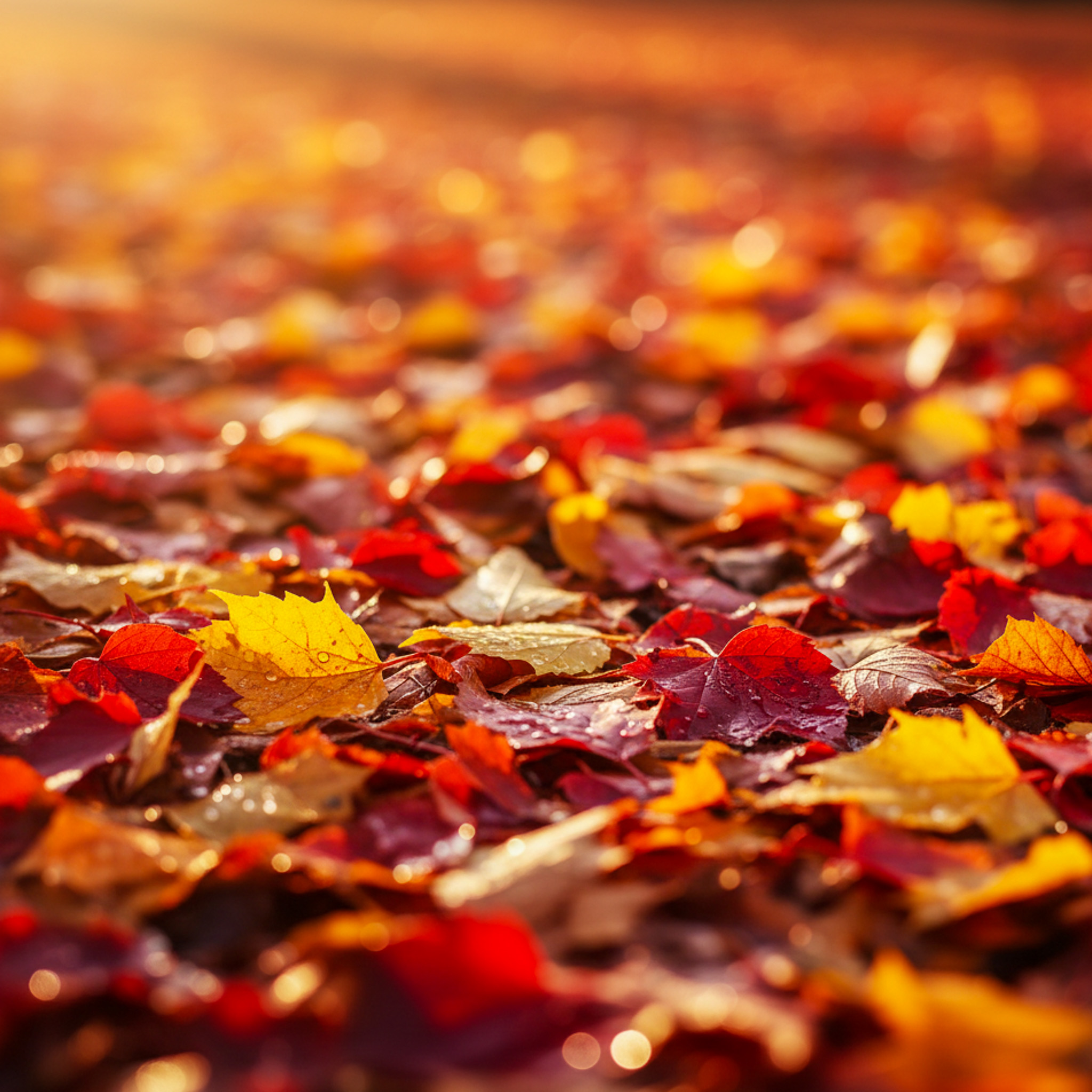 MENU
MENU
As fall arrives and the air turns crisp, one thing is certain: the leaves will fall. For many homeowners, the colorful layer covering their lawn signals it’s time to rake or start up their leaf blower. But recently, another idea has gained attention - maybe those leaves are better left on the ground. So, what’s the right approach…Should you rake, or not?
The truth is there’s no one-size-fits-all answer. In many cases, leaves left on the ground can benefit your landscape in surprising ways. As they decompose, they return valuable nutrients to the soil, acting as a natural fertilizer and improving the soils overall health and structure. This natural process can save you money on soil amendments while giving your yard a boost before spring arrives.
Fallen leaves also create shelter and habitat for beneficial insects like pollinators, ladybugs, and beetles, which in turn support birds and other wildlife throughout the colder months. For those interested in a more eco-friendly and low-maintenance yard, leaving some leaves behind can be a simple, natural way to encourage a healthier backyard ecosystem without adding more work to your to-do list.
That said, too many leaves can become a problem if left completely unmanaged. A thick, wet layer can smother your grass, block sunlight, and hold moisture against tree trunks or shrubs. This creates ideal conditions for mold, fungi, and even pests - none of which are good for your lawn or trees. Areas with heavy foot traffic, patios, or driveways should also be cleared regularly to prevent slippery conditions and keep your property looking well-kept.
The key is to find balance, and one practical solution is mulching. Running over leaves with a mulching mower chops them into smaller pieces that break down more quickly. This process creates a natural mulch layer that enriches the soil while still allowing your lawn to breathe and grow properly. Another option is to rake some leaves into flower beds and around the bases of your trees, where they can act as insulation during the colder months, protecting roots from colder temperatures and reduce water loss in the soil.
However, not all leaves should stay put. If you notice leaves with black spots, powdery mildew, or unusual discoloration, it’s best to collect and dispose of them properly rather than leaving them in place. Diseased leaves can reintroduce problems to your lawn, trees, and shrubs when warmer weather returns, leading to bigger issues down the road.
Fall cleanup doesn’t have to mean clearing every single leaf until your yard looks spotless. A thoughtful and strategic approach - keeping walkways, driveways, and high-traffic areas clear while mulching or leaving a light layer of leaves in low-maintenance areas - gives you the best of both worlds. You’ll reduce yard work, improve soil health, support local wildlife, and still get to enjoy the beauty of fall for a little longer.
If you’re unsure about the right approach for your property, Everett Tree Service is here to help. All our arborists are ISA-Certified and can offer professional guidance on fall tree care, ensuring your landscape stays healthy, safe, and ready to thrive come spring. Contact us today!